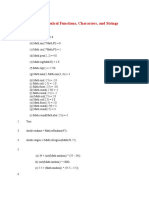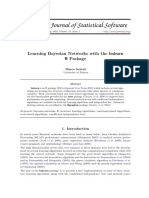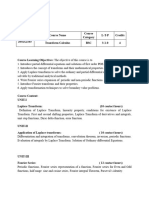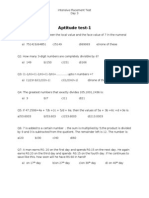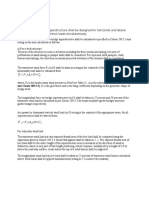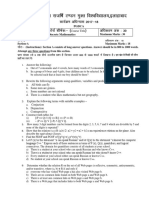0% found this document useful (0 votes)
186 views23 pagesDelta X
The document contains multiple Java programs addressing various coding challenges, including function optimization, ticket code generation, Covid-19 testing room allocation, Roman numeral conversion, email and phone number validation, JSON formatting, and combination finding. Each program includes a main method for execution and demonstrates specific algorithms or validation techniques. The overall focus is on implementing efficient solutions for common programming problems.
Uploaded by
22ne1a1290Copyright
© © All Rights Reserved
We take content rights seriously. If you suspect this is your content, claim it here.
Available Formats
Download as PDF, TXT or read online on Scribd
0% found this document useful (0 votes)
186 views23 pagesDelta X
The document contains multiple Java programs addressing various coding challenges, including function optimization, ticket code generation, Covid-19 testing room allocation, Roman numeral conversion, email and phone number validation, JSON formatting, and combination finding. Each program includes a main method for execution and demonstrates specific algorithms or validation techniques. The overall focus is on implementing efficient solutions for common programming problems.
Uploaded by
22ne1a1290Copyright
© © All Rights Reserved
We take content rights seriously. If you suspect this is your content, claim it here.
Available Formats
Download as PDF, TXT or read online on Scribd
/ 23





























